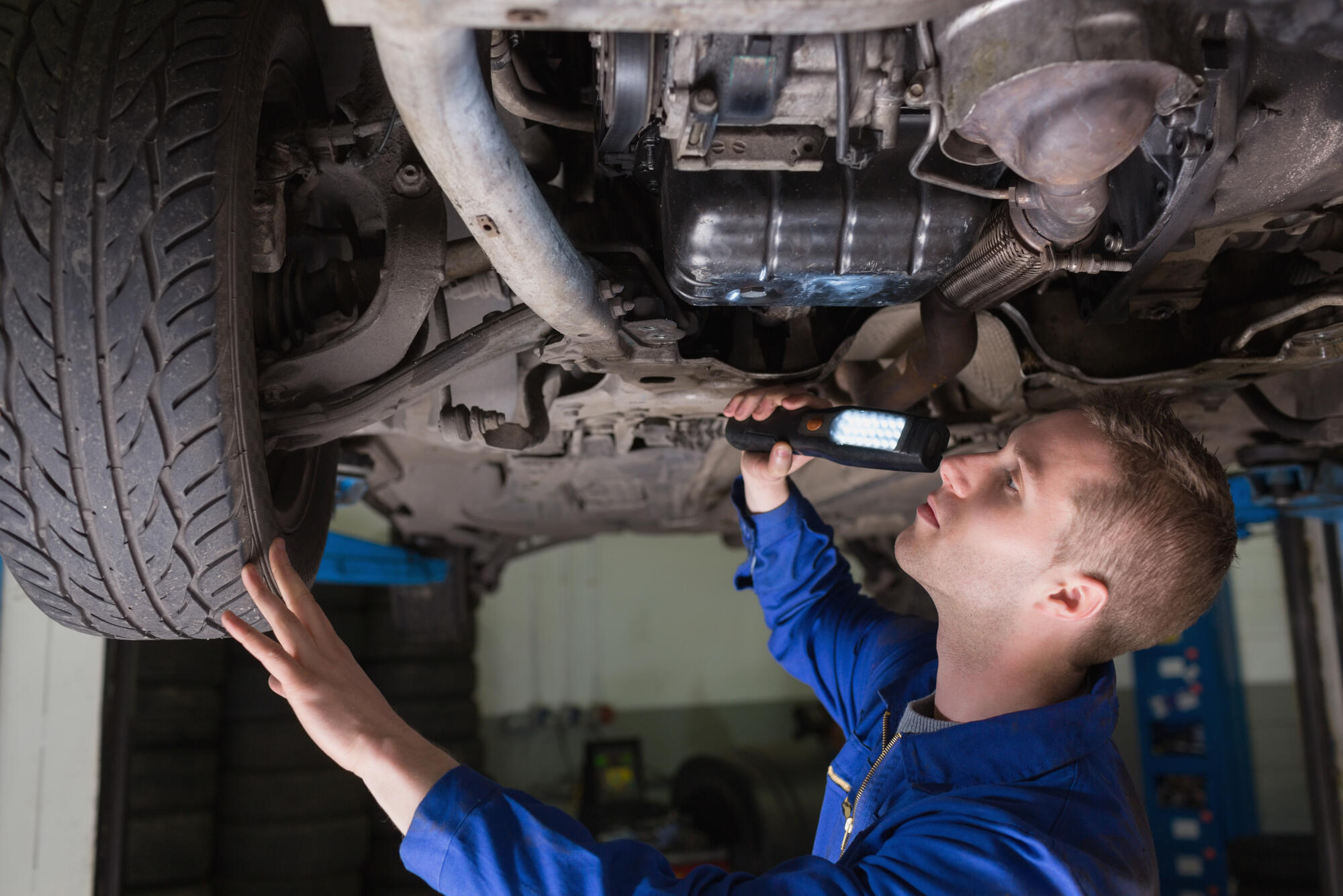Almost 30 percent of people surveyed reported needing some sort of plumbing repair in 2019. These are among the most commonly needed repairs out there.
So, how do you know if your pipes are in need of repair ASAP? We can help.
Read on to learn the top signs you need cast iron pipe repair.
Table of Contents
Leaking Pipes and Dampness
The presence of leaking pipes and dampness in your surroundings is a clear signal that you should consider cast iron pipe repair.
If you observe water pooling, dripping, or causing damp patches around your plumbing system, it’s likely that your cast iron pipes have developed cracks, holes, or deterioration.
Ignoring these signs of pipe issues can lead to more extensive water damage, structural issues, and potential health hazards.
Weird Smells
If your home is suddenly permeated by foul sewage odors, it could be a sign that your metal drain pipes are damaged or cracked. If you detect foul or sewage-like smells in your home, it could mean that cracks, damage, or deterioration in your cast iron pipes are allowing sewage gases to escape.
These odors not only compromise indoor air quality but may also point to underlying plumbing issues that should be promptly addressed.
Undertaking corroded pipe repair can help eliminate the source of these odors and ensure the proper functioning of your plumbing system.
Discolor
If you notice that the water flowing from your taps has taken on a discolored or rusty hue, it could be a significant indicator that your cast iron pipes need repair.
Corrosion and sediment buildup within the pipes can lead to the discoloration of water, affecting both its appearance and quality. Addressing this issue promptly can help prevent further deterioration of the pipes and ensure the continued safety of your water supply.
Any visible signs of damage on the surface of your cast iron pipes, such as cracks, holes, or flaking, should be taken seriously. These visible defects can be clear indicators that repair or replacement is needed.
Old Plumbing Pipes
Older properties with cast iron plumbing systems are more susceptible to wear and tear. If your pipes are reaching or have surpassed their expected lifespan, it’s prudent to have them inspected for potential issues.
Leaks or inefficiencies in old plumbing pipes can result in higher water bills due to wasted water and energy. If you notice unexplained spikes in your utility bills, it’s worth investigating your plumbing system.
Foundation Issues
If your home’s foundation is settling or shifting, it could put pressure on the cast iron sewer pipes, leading to damage or misalignment.
Visible cracks on your walls, especially around areas where plumbing pipes are located, could suggest that your property’s foundation is shifting or settling. These shifts can put stress on cast iron pipes, leading to potential leaks or structural issues.
Foundation problems can manifest as uneven or sloping floors. As the foundation shifts, it can cause pipes to become misaligned or even separate, resulting in reduced water flow, blockages, and potential leaks.
Drastic changes in the landscape, such as soil erosion or the appearance of new sinkholes, can reflect shifting ground. These shifts can lead to stress on cast iron pipes and should prompt a thorough inspection.
Constant Problems
When you’re constantly having problems in your home, it’s likely a sign of a greater issue.
If you find yourself frequently arranging for plumbing repairs or maintenance, it might be an indication that your old cast iron pipes are reaching the end of their lifespan and require comprehensive attention.
Continual clogs in sinks, tubs, toilets, or drains could signify a chronic issue within your pipes. Over time, cast iron pipes can accumulate debris, leading to recurring blockages and hampered drainage.
If you’re struggling with these issues, look into your cast iron pipe replacement options ASAP.
Mold
The presence of mold in your property, especially around plumbing fixtures or areas near cast iron pipes, can be a clear indication that you need cast iron pipe repair.
Mold thrives in damp and moist environments, and leaks or pipe damage within your cast iron pipes can create the ideal conditions for mold growth.
If you notice visible mold spots on walls, ceilings, or floors near plumbing fixtures, it could suggest that water from compromised cast iron pipes is promoting mold growth. Mold can appear in various colors, such as black, green, or white.
People living in a mold-infested environment might experience allergic reactions, such as sneezing, coughing, watery eyes, or skin irritation. These symptoms can be aggravated by mold spores released from damaged cast iron pipes.
Professional Opinions
Professional opinions are invaluable when determining if you need cast iron pipe repair. Consulting with a licensed and experienced plumber can provide accurate assessments based on their expertise.
A plumber will thoroughly inspect your cast iron pipes for visible signs of damage, including cracks, holes, corrosion, or flaking. If they observe any of these issues, they may recommend repair or replacement.
Using a sewer camera, plumbers can assess the interior condition of your cast iron pipes, identifying blockages, cracks, or other issues that may require repair.
Based on their training and experience, a professional plumber can provide a comprehensive analysis of your plumbing system and recommend cast iron pipe repair if they identify signs of damage or deterioration.
Cast Iron Pipe Repair: Invest Today
If you see any of these signs you need cast iron pipe repair, you should get on it ASAP. So, make sure you keep an eye on all aspects of your home.
Do you need more home maintenance? Look through a few of our other useful posts.
Related Post: DIY Metal Magic: Innovating Construction with Building Kits

































































